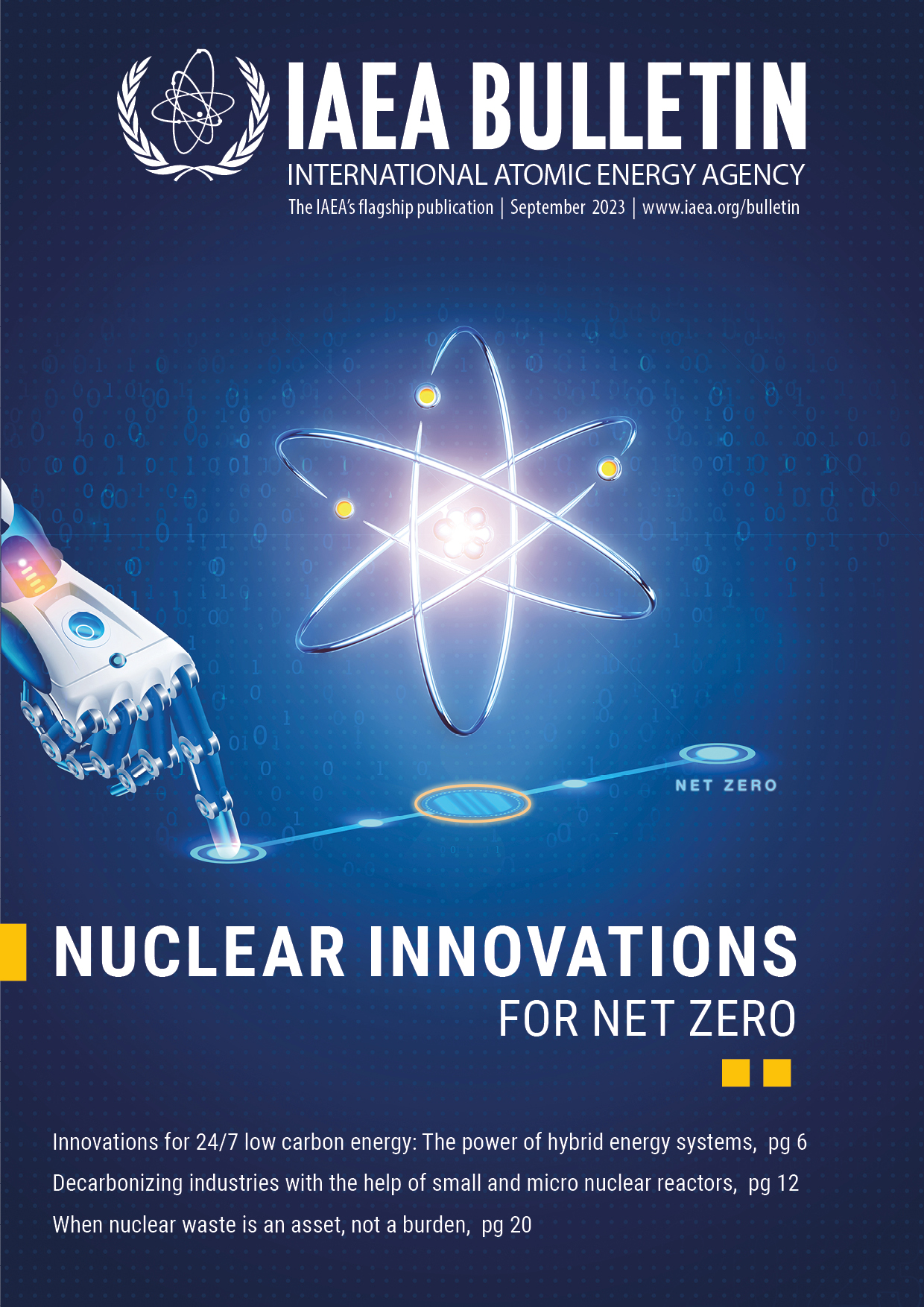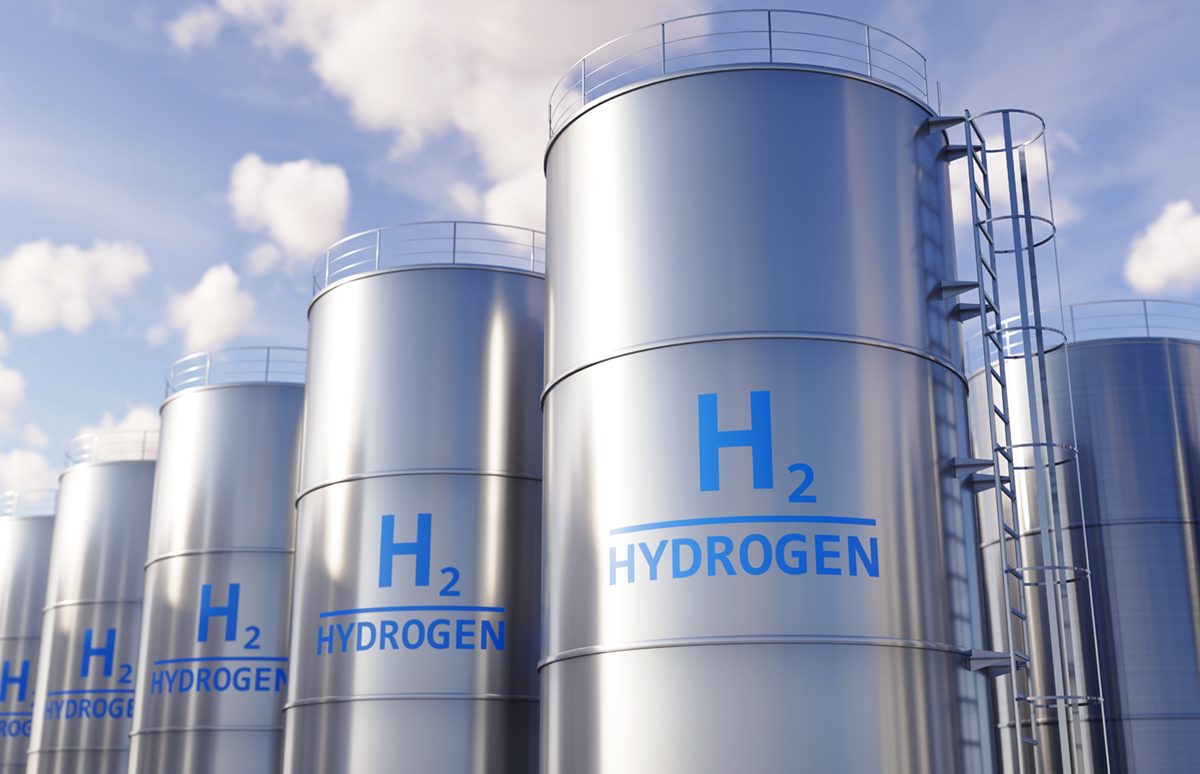“The amount of hydrogen needed to create green steel is staggering. Traditionally, fossil fuels have been used to generate almost all hydrogen, therefore finding the necessary amount of decarbonized hydrogen is going to be one of the biggest challenges,” said Francesco Ganda, Technical Lead for Non?Electric Applications at the IAEA. “Nuclear hydrogen production, with zero emissions, can really be a game changer for the sector, as nuclear power has the potential to provide sufficient heat and electricity 24/7 to produce the required amount of hydrogen. This could help to make huge strides in the clean energy transition.”
Nuclear power reactors coupled with a hydrogen production plant can efficiently produce both energy and hydrogen as a cogeneration system, fitted with components for either electrolysis or thermochemical processes. Electrolysis is the process of inducing water molecules to split using a direct electric current, producing both hydrogen and oxygen.
Water electrolysis operates at relatively low temperatures of less than 100 degrees Celsius, while steam electrolysis operates at much higher temperatures of around 700 degrees to 800 degrees Celsius and requires less electricity than water electrolysis. Water electrolysis is a process whereby electricity is used to separate the hydrogen from the oxygen in water. This type of technology has been commercially available for decades. High temperature electrolysis follows the same principle but uses water in the form of steam, thereby reducing the amount of electricity required.
Advances in electrolyser technologies are making hydrogen production from conventional nuclear power reactors more efficient and cheaper. At least one nuclear power plant in the United States of America — Prairie Island in Minnesota — is installing a high temperature electrolyser and is using heat from the reactor to lower the electricity use and, therefore, the cost of nuclear hydrogen production.
“The high-temperature process of solid oxide electrolysers can take advantage of heat energy from a nuclear power plant in the form of steam, giving the electrolyser an incredibly high efficiency rate,” said Akhil Batheja, Director of Hydrogen Business Development at Bloom Energy, a company that produces solid oxide fuel cells for energy generation. “Since electricity costs represent the majority of costs involved in electrolysed hydrogen, this presents the best economic value proposition for a nuclear power plant and for creating low carbon hydrogen.”

